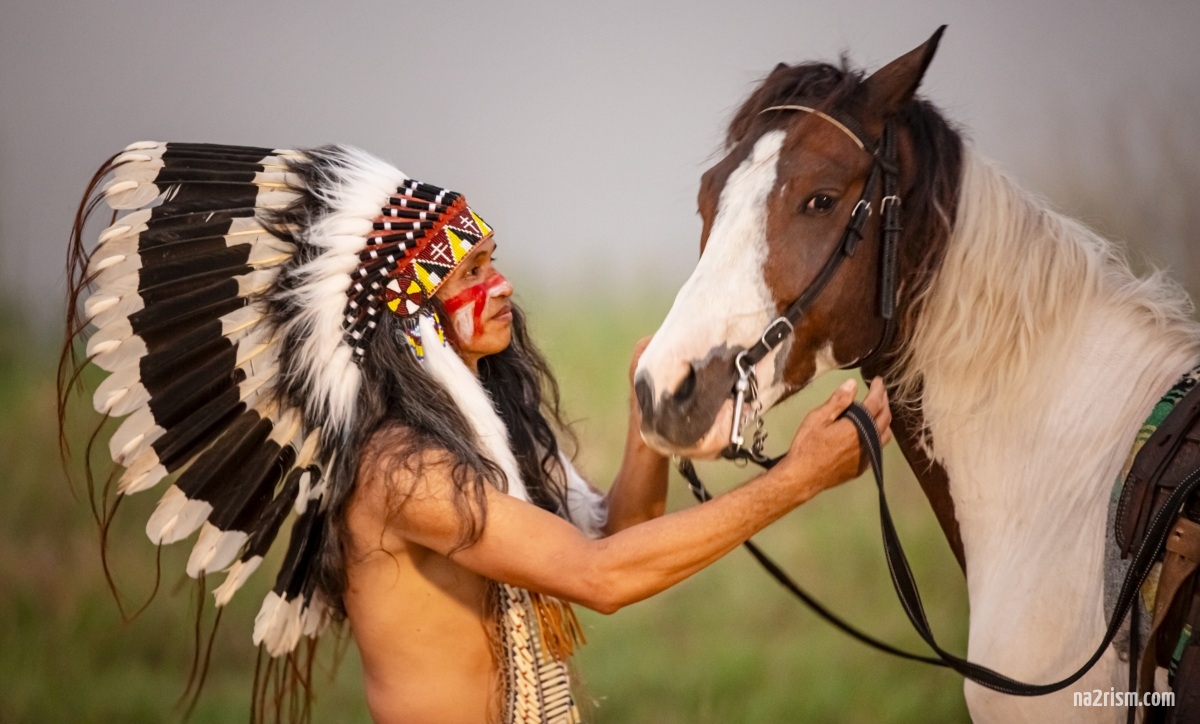Nudity, as a natural state of the human body, has been viewed in various ways by different cultures throughout history. Among the Native American tribes of North America, attitudes toward nudity were diverse, deeply rooted in their spiritual beliefs, daily practices, and environmental interactions. Understanding these attitudes provides a nuanced perspective on how these indigenous cultures embraced and respected the human form.
Spiritual and Cultural Significance
For many Native American tribes, the human body was seen as a sacred vessel. Nudity was often associated with purity, honesty, and a return to natural states of being. The concept of clothing and its necessity was influenced by practicality rather than modesty. In warmer climates, tribes such as the Yuma, Mojave, and Karankawa often wore minimal clothing, which was adapted to their environmental needs rather than a societal norm of covering the body. These tribes saw nudity as a natural part of life and did not attach the same moral or ethical connotations to it that many Western cultures did.
Rituals and Ceremonies
Nudity played a significant role in various rituals and ceremonies among different tribes. For instance, the vision quests of the Plains Indians involved young men undergoing periods of fasting and isolation, often in a state of nudity, to seek spiritual guidance and personal strength. This practice was not about the physical state of undress but about stripping away societal layers to connect more deeply with the spiritual world. Similarly, some tribes used nudity in healing rituals and purification ceremonies, believing that the bare body allowed for a more direct connection with the healing forces of nature and the spiritual realm.
Daily Life and Practicality
In everyday life, the approach to nudity varied widely depending on the tribe and their environmental conditions. In regions with harsher climates, such as the Arctic territories inhabited by the Inuit, clothing was a necessity for survival rather than a cultural statement. Conversely, tribes in warmer regions wore less clothing, which was often limited to adornments and symbolic pieces rather than full garments. The minimalistic approach to clothing was practical, allowing for greater comfort and efficiency in daily activities such as hunting, fishing, and farming.
Gender and Nudity
Gender roles and the perception of nudity also varied among tribes. In many cultures, there was a clear distinction between the genders in terms of clothing and nudity. However, this distinction was often pragmatic. For example, men engaged in physically demanding tasks such as hunting or warfare might wear minimal clothing or be nude, reflecting the need for freedom of movement. Women, involved in tasks like gathering or child-rearing, wore clothing that was functional and appropriate for their activities. Despite these differences, nudity was generally not sexualized but seen as a natural state of the human body.
Influence of European Colonization
The arrival of European settlers dramatically changed the perception and practices surrounding nudity among Native American tribes. European cultural norms and Christian moral values imposed new standards of modesty and dress, often viewing indigenous practices as uncivilized or immoral. This cultural imposition led to significant changes in the way Native Americans dressed and perceived their bodies. The pressure to conform to European standards resulted in a shift away from traditional practices, with many tribes adopting more conservative clothing to align with the imposed norms.
Contemporary Reflections
Today, there is a resurgence of interest in traditional Native American practices and beliefs, including those related to nudity and the human body. Many indigenous communities are working to reclaim their cultural heritage and educate others about their historical perspectives. This includes a more open and respectful understanding of nudity as part of their spiritual and cultural identity. By revisiting and honoring these practices, contemporary Native American communities aim to preserve their rich heritage and promote a more authentic understanding of their cultural values.
In conclusion, the attitudes toward nudity among Native American tribes were complex and varied, deeply intertwined with their spiritual beliefs, environmental contexts, and daily practices. These perspectives offer a rich tapestry of understanding that challenges the often monolithic views imposed by Western norms. By appreciating these diverse attitudes, we can gain a deeper respect for the cultural heritage of Native American tribes and their profound connection to the natural state of the human body.

